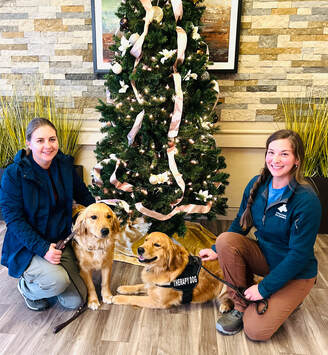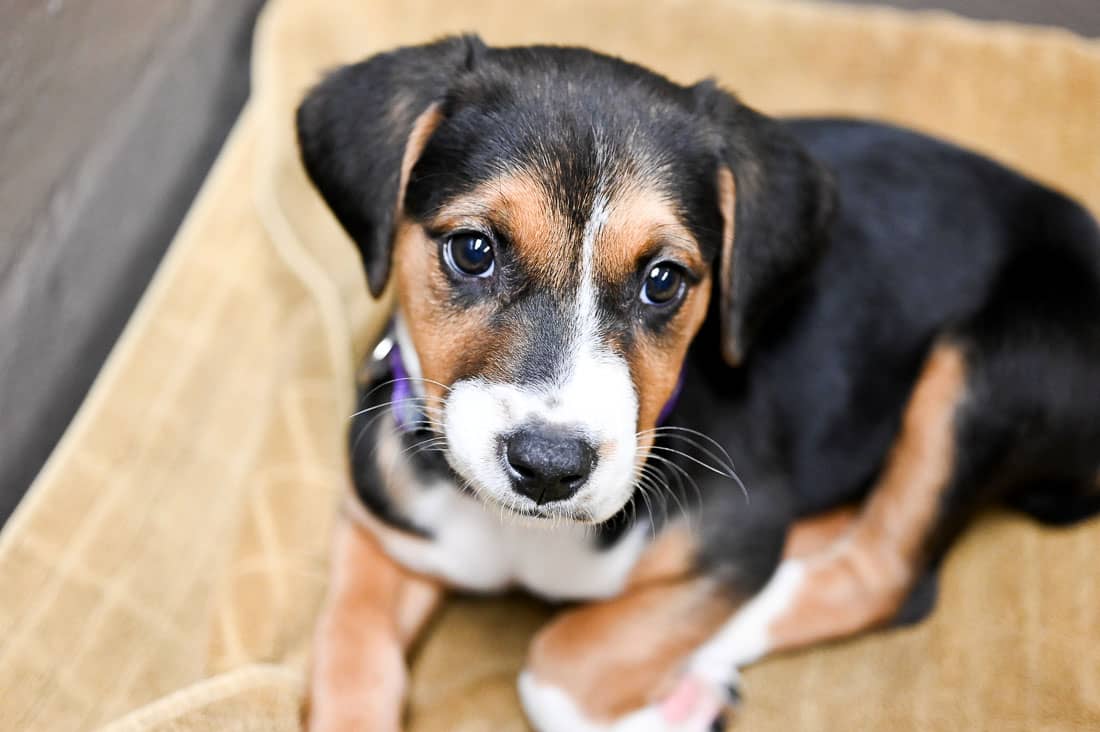Just How to Incorporate Games into Your Dog Training Regimen
Just How to Incorporate Games into Your Dog Training Regimen
Blog Article
Important Tips for Effective Dog Training: A Guide for Pet Dog Owners
Efficient pet dog training is a complex procedure that needs a critical approach tailored to both the family pet's temperament and the proprietor's purposes. Comprehending how to navigate these barriers can substantially boost the training experience, inevitably transforming the connection between proprietor and pet dog.
Recognizing Dog Actions
Understanding pet dog actions is essential for efficient training and fostering a harmonious connection in between pooches and their owners. Pet dogs interact mainly with body language, articulations, and actions, making it vital for owners to translate these signals properly. Identifying a pet dog's posture, tail position, and ear positioning can give insights right into its emotion. As an example, a wagging tail does not constantly suggest happiness; it can likewise signal excitement or anxiousness.

Socializing plays a substantial duty in pet actions; exposure to different environments, individuals, and other animals can dramatically affect a pet's temperament. Elements such as type attributes and specific temperament must direct training approaches, as some breeds might have details behavior qualities that require customized techniques. By comprehending these components, proprietors can produce a supportive environment that urges positive actions, resulting in successful training end results and a much deeper bond with their family pets.
Developing Regular Commands
Efficient interaction with your dog begins with establishing constant commands. This foundational component of training is critical for fostering understanding between you and your animal. Consistency in the commands you use guarantees that your canine can accurately connect certain words or expressions with the wanted actions.
When selecting commands, select clear, distinct words that are very easy to state and separate from each other. Stay clear of using similar-sounding commands that may puzzle your dog. For instance, utilizing "rest" and "stay" is proper, but "rest" and "hit" could bring about misunderstandings.
Additionally, maintain the exact same tone and quantity for each and every command. Canines are delicate to vocal cues, so varying your tone can create complication.
It is equally essential to ensure that all relative are on the very same page relating to the commands utilized. A united front in command usage will avoid combined signals and reinforce the understanding process.
Positive Support Strategies
The power of favorable support in pet training lies in its capacity to encourage preferred behaviors via benefits and praise. This technique is grounded in the principle that habits followed by positive end results are more most likely to be repeated. By incorporating positive reinforcement into your training regimen, you can successfully shape your canine's habits in a positive fashion.
To apply positive support, it's important to determine what encourages your pet dog, whether it be deals with, toys, or verbal praise. When your pet dog does a desired action, such as resting on command, instantly reward them with a treat or love. This organization in between the command and the favorable result strengthens their understanding.
It's crucial to timing the rewards correctly; supplying the reinforcement within secs of the wanted habits helps your pet make the link (dog training). Furthermore, consistency is vital-- make sure that all household members use the very same commands and reward systems to stay clear of complication

Gradually, you can reduce the frequency of deals with as your pet finds out the behavior, transitioning to commend or periodic rewards. This approach not only promotes a strong bond between you and your pet dog however additionally advertises a positive knowing environment, making educating an enjoyable experience for both.
Socialization and Communication
Constantly revealing your canine to a selection of settings, individuals, and news other pets is vital for their social growth. Socialization must begin early, preferably throughout the important home window of 3 to 14 weeks, when puppies are most receptive to brand-new experiences. Older canines can likewise benefit from ongoing socializing efforts.
Introduce your pet to different setups, such as parks, pet-friendly link shops, and urban locations. This exposure assists them adjust to various stimuli, lowering stress and anxiety and fear actions. Motivate positive interactions with various other dogs and people, guaranteeing that these encounters are safe and controlled to cultivate confidence.
Make use of organized playdates with courteous pet dogs, as this can enhance your pet dog's social abilities and teach them suitable habits. Obedience courses and training sessions also give superb opportunities for socialization, allowing your dog to interact with others in a monitored atmosphere.
Screen your canine's body language during communications, as this will certainly assist you determine their comfort level. Slowly raise direct exposure to even more difficult scenarios while guaranteeing that each experience is positive. A well-socialized canine is more likely to exhibit well balanced actions, making them a happiness to have in any kind of setup.
Addressing Usual Training Obstacles
Every pet dog proprietor will certainly encounter training challenges eventually, despite their dog's age or socialization degree. Determining typical concerns such as stubbornness, distractions, and fearfulness can assist in developing effective approaches for improvement.
Distractions during training sessions can hinder emphasis. To battle this, begin training in a quiet setting with very little stimuli. Progressively present interruptions as the pet comes to be a lot more efficient in commands. Short, regular training sessions are likewise reliable in keeping interest.
Terror can impede a pet dog's learning procedure. Progressive desensitization to the source of concern, coupled with positive reinforcement, can aid ease stress and anxiety. Perseverance is important; never ever compel a dog right into a circumstance that triggers distress, as this might intensify the concern.
Ultimately, understanding and resolving these common obstacles with an organized technique will promote an extra effective training experience, strengthening the bond in between canine find and proprietor while advertising efficient discovering.
Verdict
In recap, effective pet training relies on an extensive understanding of canine habits, the establishment of constant commands, and the application of positive reinforcement strategies. Socializing plays a vital function in developing well-adjusted animals, while dealing with usual training difficulties needs persistence and flexibility. By implementing these vital methods, pet dog owners can promote a solid bond with their pets and advertise preferable actions, eventually resulting in a harmonious connection between humans and their canine buddies.
Comprehending canine actions is essential for effective training and cultivating an unified connection between canines and their owners.Socialization plays a significant role in canine behavior; direct exposure to different settings, individuals, and various other animals can considerably influence a canine's character.The power of favorable support in canine training exists in its ability to encourage wanted actions through benefits and appreciation. By integrating positive support into your training regimen, you can properly shape your canine's actions in a positive manner.
In summary, effective pet training depends on a comprehensive understanding of canine habits, the establishment of consistent commands, and the application of positive reinforcement techniques.
Report this page